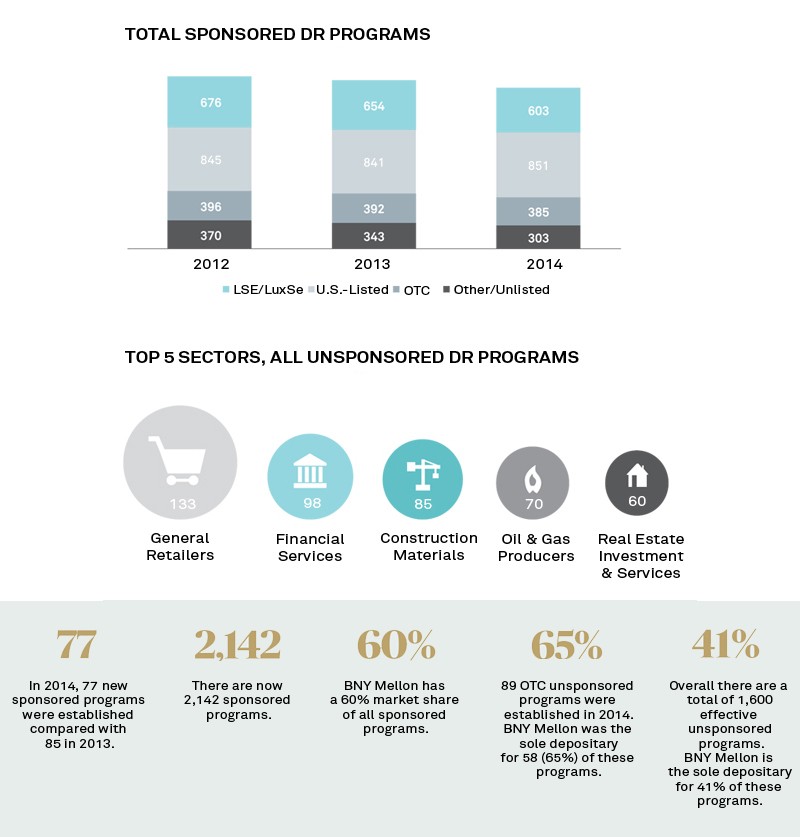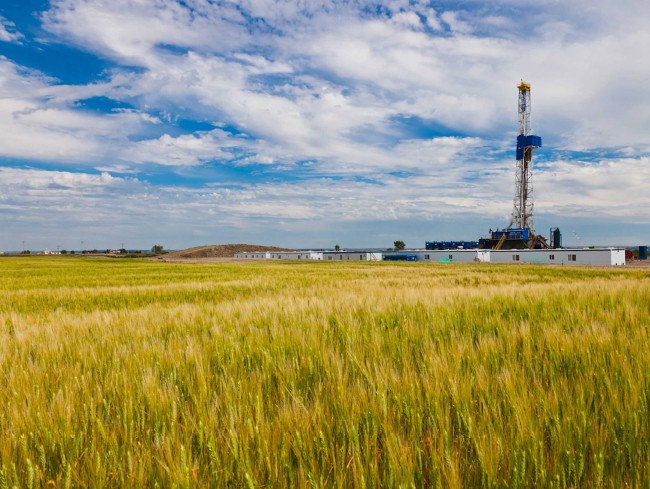Performance Evaluation of American Depositary Receipts on Stocks from Africa and the Middle East
Post on: 14 Июнь, 2015 No Comment

Article excerpt
ABSTRACT
This study bridges the gap between investment theory and practice in some of the least studied financial markets of the world, namely the stock markets in Africa and the Middle East. The objective of this pioneering study is to provide empirical documentation to global investors who are contemplating participation in African and Middle Eastern stock markets using American Depositary Receipts (ADRs) as the investment vehicle. The first part of the study examines the nature of these ADRs (based on depositary bank, sponsorship status, industry classification, and listing). The second part of the study evaluates the performance of these ADRs using statistical measures grounded in modern portfolio theory. Returns are adjusted for the degree of total risk and systematic risk inherent in each ADR, and the securities are then ranked on the basis of risk-adjusted performance. Two relatively new evaluation metrics, the Modigliani and Sortino measures, are used for ranking.
(ProQuest. denotes formulae omitted.)
INTRODUCTION
Over the past decade, there has been a significant rise in investor comfort with global financial securities, aided by the ease and convenience with which transnational corporate information can be accessed via the internet. One of the most convenient vehicles for accessing corporate securities listed outside the investor’s home country is a Global Depositary Receipt. In the United States, these securities are known as American Depositary Receipts (ADRs). As of January 2012, there were 2,442 ADRs listed on the New York Stock Exchange (NYSE), American Stock Exchange (AMEX), the NASDAQ system, and on private trading networks.

Although ADRs in general have been studied extensively, to our knowledge there has been no study of the nature and performance of ADRs on shares of firms incorporated in Africa and the Middle East. The stock market in this region is significant in size and provides many opportunities for risk diversification. Table 1 reports market capitalization and volume of trade for several markets in the Middle East and Africa in 2009 and 2010. Total market capitalization in the Middle East and North Africa in 2010 was US Dollar (USD) 1,257 billion. Of this amount, the Arab world accounted for USD 950 billion. The corresponding figures for value of stock traded are USD 506 billion and 356 billion, respectively. In 2009, the market capitalization and value of stock traded in developing countries in the Middle East and North Africa were USD 272 and 116 billion, respectively. Data for developing countries only, for 2010, was not available. In sub-Saharan Africa, market capitalization and value of stock traded in 2010 was USD 1 12 billion and 35 billion, respectively.
The largest market in this region, in terms of market capitalization (USD 1,013 billion) as well as volume of trade (USD 340 billion) in 2010 was South Africa. In the Middle East, the largest markets in terms of market capitalization in 2010 were Saudi Arabia (USD 353 billion), Turkey (USD 307 billion), and Israel (USD 218 billion). On the continent of Africa, the largest markets are Egypt (USD 83 billion), Morocco (USD 69 billion) and Nigeria (USD 51 billion).
Many US based investors find it inconvenient, for a variety of reasons, to invest directly in stock markets in Africa and the Middle East, and, therefore, prefer to invest in ADRs based on their stocks. These ADRs may be created at the request of investors or corporations whose stock is held in trust as collateral for the ADR. These securities serve a dual purpose: they enable firms incorporated in these regions to raise funds in developed capital markets without having to meet the stringent listing requirements of U.S. stock exchanges, and, at the same time, enable global investors to earn returns on securities listed on these exchanges without the dual inconvenience of having to deal with time difference between countries and with currency conversion. …














